Home>Garden Essentials>How Does The Ground Cover Change From The Boreal Forest To The Rocky Mountains
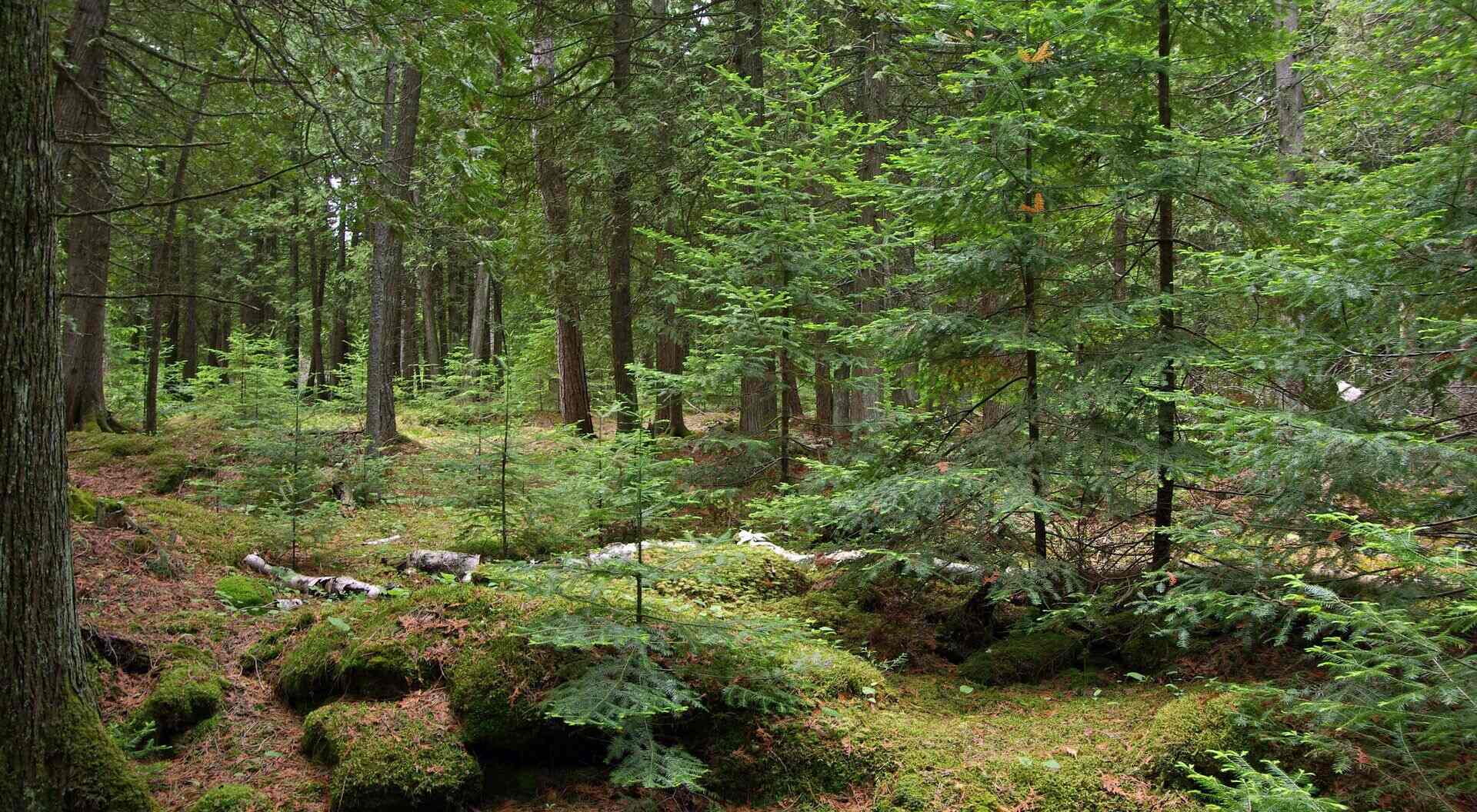

Garden Essentials
How Does The Ground Cover Change From The Boreal Forest To The Rocky Mountains
Modified: March 7, 2024
Discover how the ground cover transforms from the lush boreal forest to the rugged Rocky Mountains in this garden-centric exploration of nature's changing landscapes.
(Many of the links in this article redirect to a specific reviewed product. Your purchase of these products through affiliate links helps to generate commission for Storables.com, at no extra cost. Learn more)
Introduction
The boreal forest and the Rocky Mountains are two distinct ecosystems that showcase unique characteristics and variations in ground cover. Understanding how the ground cover changes from the boreal forest to the Rocky Mountains can provide valuable insights into the effects of altitude, climate, and vegetation on these diverse landscapes.
The boreal forest, also known as the taiga, is the world’s largest land biome, covering vast areas across North America, Europe, and Asia. It is characterized by cold temperatures, long winters, and a predominance of coniferous trees like spruce, fir, and pine. The ground cover in the boreal forest is influenced by factors such as nutrient availability, moisture levels, and the presence of organic matter.
On the other hand, the Rocky Mountains stretch over 3,000 miles from Canada to New Mexico, shaping the landscape of the western United States. This mountain range is renowned for its towering peaks, diverse ecosystems, and rugged terrain. The ground cover in the Rocky Mountains varies greatly depending on factors such as altitude, slope orientation, and precipitation patterns.
Throughout this article, we will explore the characteristics of the ground cover in both the boreal forest and the Rocky Mountains, analyze the factors that influence ground cover change, and compare the differences between these two enchanting environments.
Key Takeaways:
- The boreal forest’s ground cover is dominated by mosses, lichens, and wetlands, while the Rocky Mountains showcase a diverse range of ground cover types, reflecting their unique climates and altitudes.
- Understanding the factors that influence ground cover change, such as altitude, climate, soil composition, and vegetation dynamics, provides valuable insights into the variations observed in the boreal forest and the Rocky Mountains.
Boreal Forest: Characteristics and Ground Cover
The boreal forest is a unique and fascinating ecosystem characterized by its cold and harsh climate. Spanning across the northern regions of North America, Europe, and Asia, this vast biome is home to a diverse range of flora and fauna. The boreal forest is often referred to as the “silent forest” due to its tranquil ambiance and sparse human population.
One of the defining features of the boreal forest is its abundance of coniferous trees, such as spruce, fir, and pine. These trees have adapted to withstand the challenging climate with their needle-like leaves that help reduce water loss. The dense foliage of the conifers creates a shaded understory, which affects the ground cover composition.
When it comes to the ground cover in the boreal forest, there is a great variation depending on factors such as soil type, topography, and moisture levels. Mosses, lichens, and understory shrubs are common components of the boreal forest ground cover. Mosses, with their ability to retain moisture, play a crucial role in regulating water levels in the ecosystem. Lichens, a symbiotic fusion of fungi and algae, serve as a food source for reindeer and other herbivores. Understory shrubs, such as willow and alder, provide protection and food for various bird and mammal species.
Another significant aspect of the boreal forest ground cover is the presence of peatlands. These wetland areas are characterized by the accumulation of partially decomposed plant material, known as peat. Peatlands are vital for carbon storage and water retention. They harbor unique plant species like sphagnum moss and carnivorous plants such as sundews and pitcher plants.
Overall, the ground cover in the boreal forest consists of a mosaic of vegetation types, with mosses, lichens, shrubs, and peatlands shaping the landscape. This diverse composition plays a crucial role in supporting the intricate web of life within the boreal forest ecosystem.
Rocky Mountains: Characteristics and Ground Cover
The Rocky Mountains are a majestic and awe-inspiring mountain range that stretches across the western United States. Spanning over 3,000 miles, these rugged peaks are known for their breathtaking vistas, alpine meadows, and diverse ecosystems. The Rocky Mountains are home to a wide array of plant and animal species, each adapted to the unique conditions found at varying altitudes.
As one ascends the Rocky Mountains, the climate becomes cooler and harsher, resulting in distinct variations in ground cover. At lower altitudes, the ground cover consists of grasses and shrubs. These hardy plants have adapted to the relatively milder climate and fluctuating moisture levels. Sagebrush and juniper are common shrub species found in the foothills of the Rocky Mountains, providing important habitat and food sources for various species.
As the altitude increases, the ground cover transitions into alpine meadows. These high-elevation meadows are characterized by the presence of wildflowers, sedges, and grasses. During the short growing season, these vibrant and colorful plants burst into bloom, creating a stunning visual display. The alpine meadows are home to numerous pollinators, including bees and butterflies, and serve as crucial grazing areas for mountain-dwelling animals like bighorn sheep and elk.
At even higher elevations, the ground cover gives way to subalpine forests dominated by coniferous trees such as spruce, fir, and pine. These trees are adapted to withstand harsh winds, thin soils, and cold temperatures. The ground cover in subalpine forests is often composed of ferns, mosses, and understory shrubs. These plants provide important habitat for small mammals and nesting areas for birds.
The highest reaches of the Rocky Mountains are characterized by rocky terrain and sparse vegetation. Above the tree line, known as the alpine tundra, the ground cover consists mainly of lichens, grasses, and cushion plants. These hardy plants have evolved to survive in the extreme conditions of high altitude, where temperatures are cold and winds are relentless.
With its diverse range of ground cover, from grasses and shrubs in the foothills to alpine meadows and subalpine forests, the Rocky Mountains showcase the resilience and beauty of high-altitude ecosystems.
As you move from the boreal forest to the Rocky Mountains, the ground cover changes from dense coniferous trees and moss to sparse alpine vegetation and rocky terrain due to the increase in elevation and harsher climate.
Factors Influencing Ground Cover Change
Several factors influence the change in ground cover from the boreal forest to the Rocky Mountains. These factors include altitude, climate, soil composition, and vegetation dynamics. Understanding these influences is key to comprehending the variations in ground cover in these two distinct ecosystems.
Altitude plays a significant role in ground cover change. As one moves from the lower altitudes of the boreal forest to the higher elevations of the Rocky Mountains, the climate becomes colder and the vegetation changes accordingly. Lower altitude regions typically have more moisture and milder temperatures, supporting the growth of dense forests and lush vegetation. Conversely, higher altitudes experience colder temperatures, shorter growing seasons, and harsher conditions, which limit the development of vegetation and result in sparser ground cover.
Climate also plays a crucial role in ground cover change. The boreal forest experiences long, cold winters and short, cool summers. This climate favors the growth of coniferous trees and vegetation that can tolerate colder conditions. In contrast, the Rocky Mountains have a more diverse climate due to the variation in altitude and topography. The higher altitudes experience colder temperatures and receive more precipitation, while lower elevations have a milder and drier climate. This climatic diversity leads to different ground cover compositions across the mountain range.
Soil composition is another influential factor in ground cover change. The boreal forest typically has acidic and nutrient-poor soils. This affects the types of plants that can thrive and influences the ground cover composition, with mosses, lichens, and understory shrubs dominating the landscape. In the Rocky Mountains, soil composition varies depending on altitude and geology. Higher elevations often have shallow and rocky soils, limiting the growth of vegetation, while lower elevations may have more nutrient-rich soils that support a greater diversity of plant species.
Vegetation dynamics, including competition for resources and ecological succession, also contribute to ground cover change. In the boreal forest, the dominance of coniferous trees creates shade, limiting the growth of plants that require more sunlight. This results in a ground cover consisting mostly of mosses, lichens, and shrubs that can thrive in shaded conditions. In the Rocky Mountains, vegetation dynamics are shaped by factors such as fires, insect outbreaks, and the natural regeneration of plant species. These dynamics influence the composition and density of ground cover in different areas of the mountain range.
Overall, altitude, climate, soil composition, and vegetation dynamics all play integral roles in shaping the ground cover and creating distinct ecosystems in the boreal forest and the Rocky Mountains. Understanding these factors is crucial for comprehending the variations in ground cover and the ecological dynamics of these captivating landscapes.
Comparison of Ground Cover in Boreal Forest and Rocky Mountains
The ground cover in the boreal forest and the Rocky Mountains display notable differences due to variations in climate, altitude, and vegetation. While both ecosystems have their unique characteristics, comparing their ground cover provides insights into the distinctiveness of these environments.
In the boreal forest, the ground cover is dominated by mosses, lichens, and understory shrubs. Mosses are abundant, thriving in the moisture-rich environment and playing a crucial role in retaining water. Lichens, a fusion of fungi and algae, provide an important food source for herbivores. Understory shrubs, such as willow and alder, offer protection and sustenance for various bird and mammal species. Additionally, peatlands, characterized by partially decomposed plant material, are significant components of the boreal forest ground cover. These wetlands play a vital role in carbon storage and water retention.
In contrast, the ground cover in the Rocky Mountains exhibits greater diversity due to the range of altitudes and climatic variations. At lower elevations, grasses and shrubs dominate the ground cover. Sagebrush and juniper are common shrub species found in the foothills of the Rocky Mountains, providing habitat and food sources for various species. As one ascends to higher elevations, alpine meadows take over. These beautiful meadows are adorned with wildflowers, sedges, and grasses. They serve as essential pollinator habitats and grazing areas for mountain-dwelling animals. Subalpine forests, dominated by coniferous trees, boast a ground cover consisting of ferns, mosses, and understory shrubs.
While the boreal forest’s ground cover is characterized by an abundance of mosses, lichens, and wetlands, the Rocky Mountains showcase a more diverse range of ground cover, including grasses, shrubs, alpine meadows, and subalpine forests. The variety in ground cover is a result of the region’s diverse climatic and altitudinal gradients.
In terms of soil composition, the boreal forest typically has acidic and nutrient-poor soils, while the Rocky Mountains have a greater variation in soil types depending on altitude and geology. This variation in soil composition also impacts the diversity and composition of the ground cover in both ecosystems.
Overall, comparing the ground cover in the boreal forest and the Rocky Mountains highlights the unique characteristics of each environment. While the boreal forest showcases a more uniform ground cover dominated by mosses, lichens, and wetland areas, the Rocky Mountains display a diverse range of ground cover types, from grasses and shrubs to alpine meadows and subalpine forests. These differing ground cover compositions reflect the specific climatic, altitudinal, and ecological factors at play in each ecosystem.
Conclusion
The ground cover in the boreal forest and the Rocky Mountains exemplifies the distinctiveness and beauty of these two ecosystems. Understanding the factors that influence ground cover change, such as altitude, climate, soil composition, and vegetation dynamics, provides valuable insights into the variations observed in these environments.
The boreal forest, with its cold and harsh climate, is characterized by a ground cover dominated by mosses, lichens, understory shrubs, and peatlands. These components play essential roles in maintaining the delicate balance of the ecosystem, from water retention to providing food and habitat for numerous species.
In contrast, the Rocky Mountains exhibit a more diverse ground cover, shaped by the range of altitudes, climatic variations, and soil compositions present throughout the region. From grasses and shrubs in lower elevations to alpine meadows and subalpine forests at higher altitudes, the ground cover in the Rocky Mountains showcases the resilience and adaptability of plant species in response to varying conditions.
Comparing the ground cover in these two ecosystems reveals the distinct characteristics of each environment. The boreal forest displays a more uniform ground cover dominated by mosses, lichens, and wetland areas, while the Rocky Mountains present a wider range of ground cover types, reflecting the diverse altitudinal and climatic gradients.
Ultimately, both the boreal forest and the Rocky Mountains hold immense ecological value and serve as habitats for a diverse range of plant and animal species. Understanding the ground cover and the factors influencing its composition in these ecosystems is crucial for effective conservation and management practices.
By appreciating the unique ground cover in both the boreal forest and the Rocky Mountains, we can deepen our understanding of the intricate interactions between climate, altitude, soil composition, and vegetation dynamics. These ecosystems provide us with a glimpse of the remarkable diversity and resilience of nature, reminding us of the importance of preserving and protecting these natural wonders for future generations.
Frequently Asked Questions about How Does The Ground Cover Change From The Boreal Forest To The Rocky Mountains
Was this page helpful?
At Storables.com, we guarantee accurate and reliable information. Our content, validated by Expert Board Contributors, is crafted following stringent Editorial Policies. We're committed to providing you with well-researched, expert-backed insights for all your informational needs.
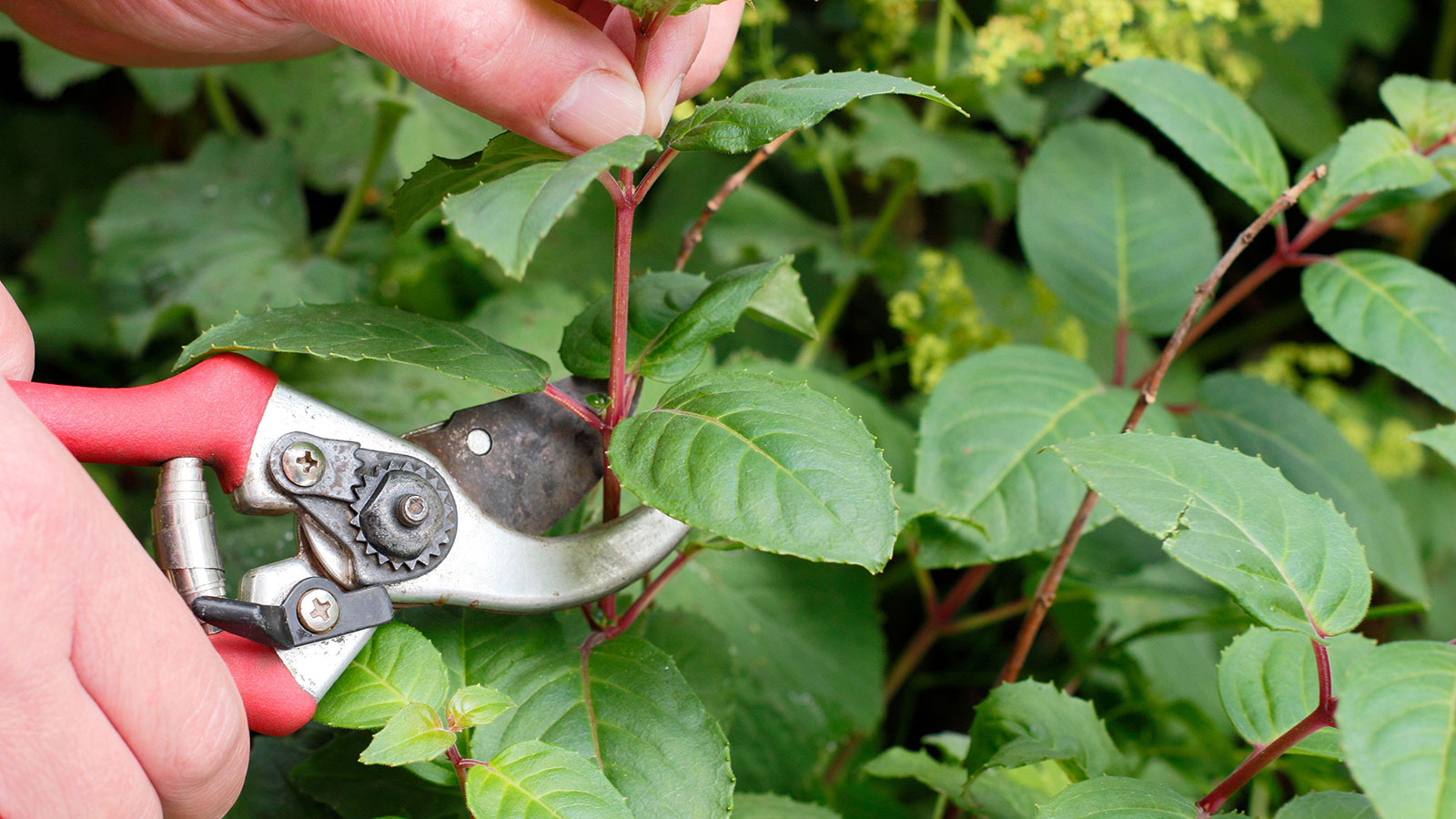
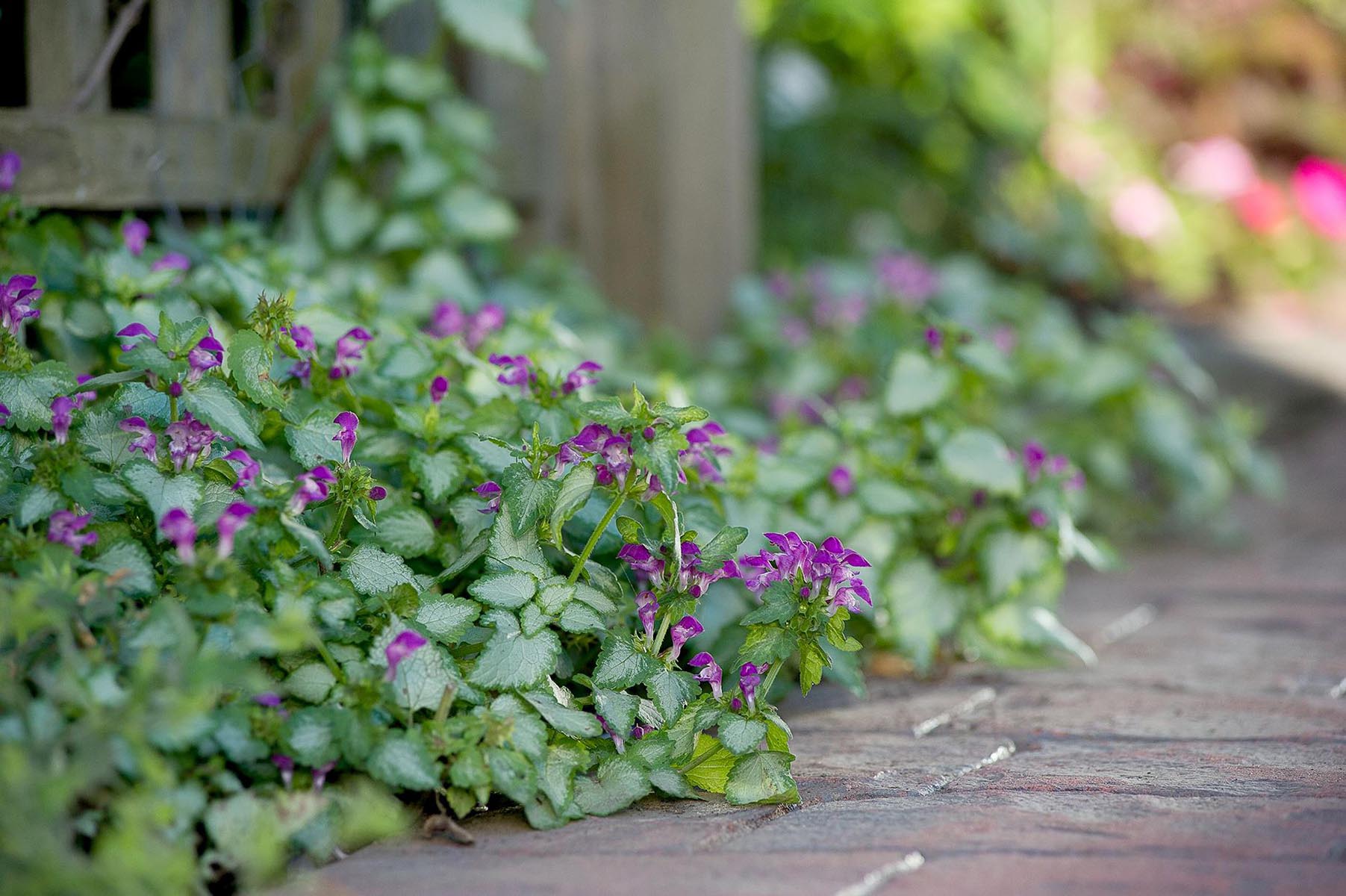
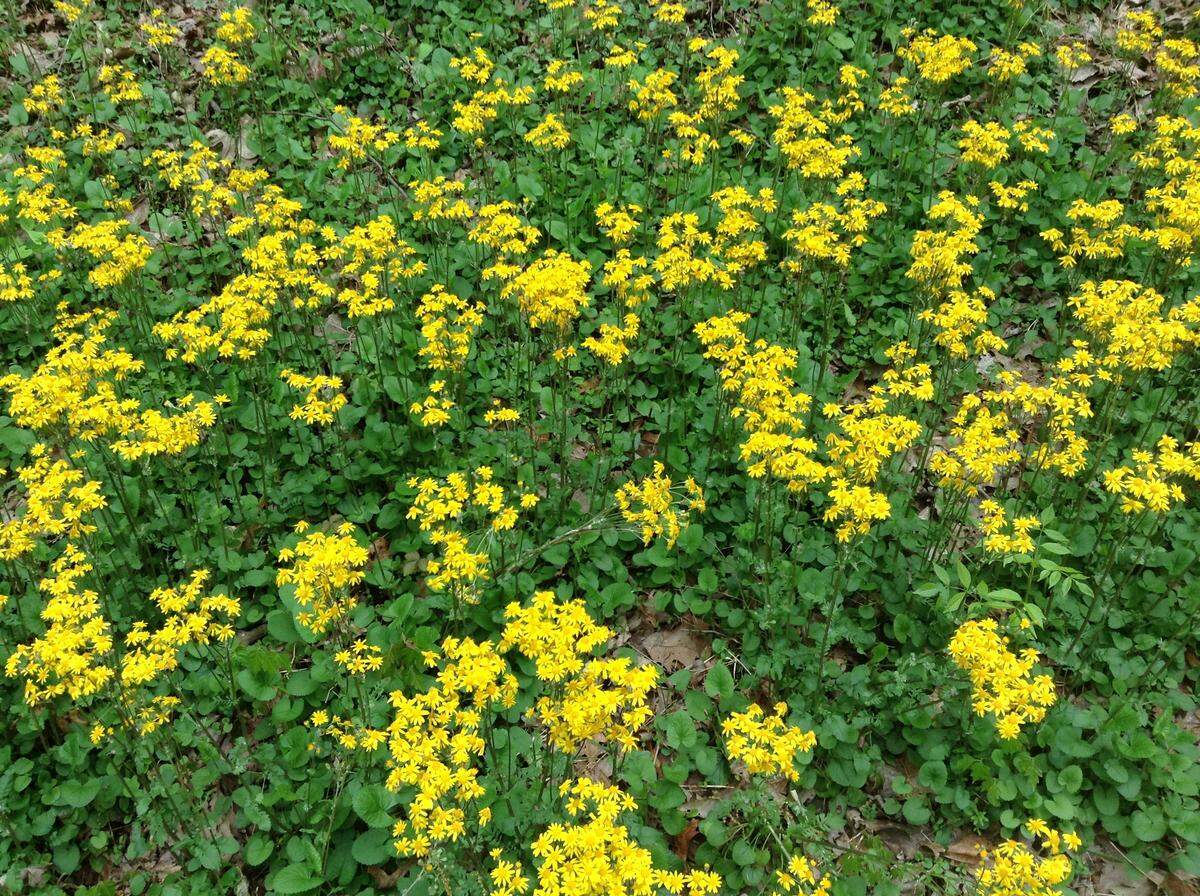
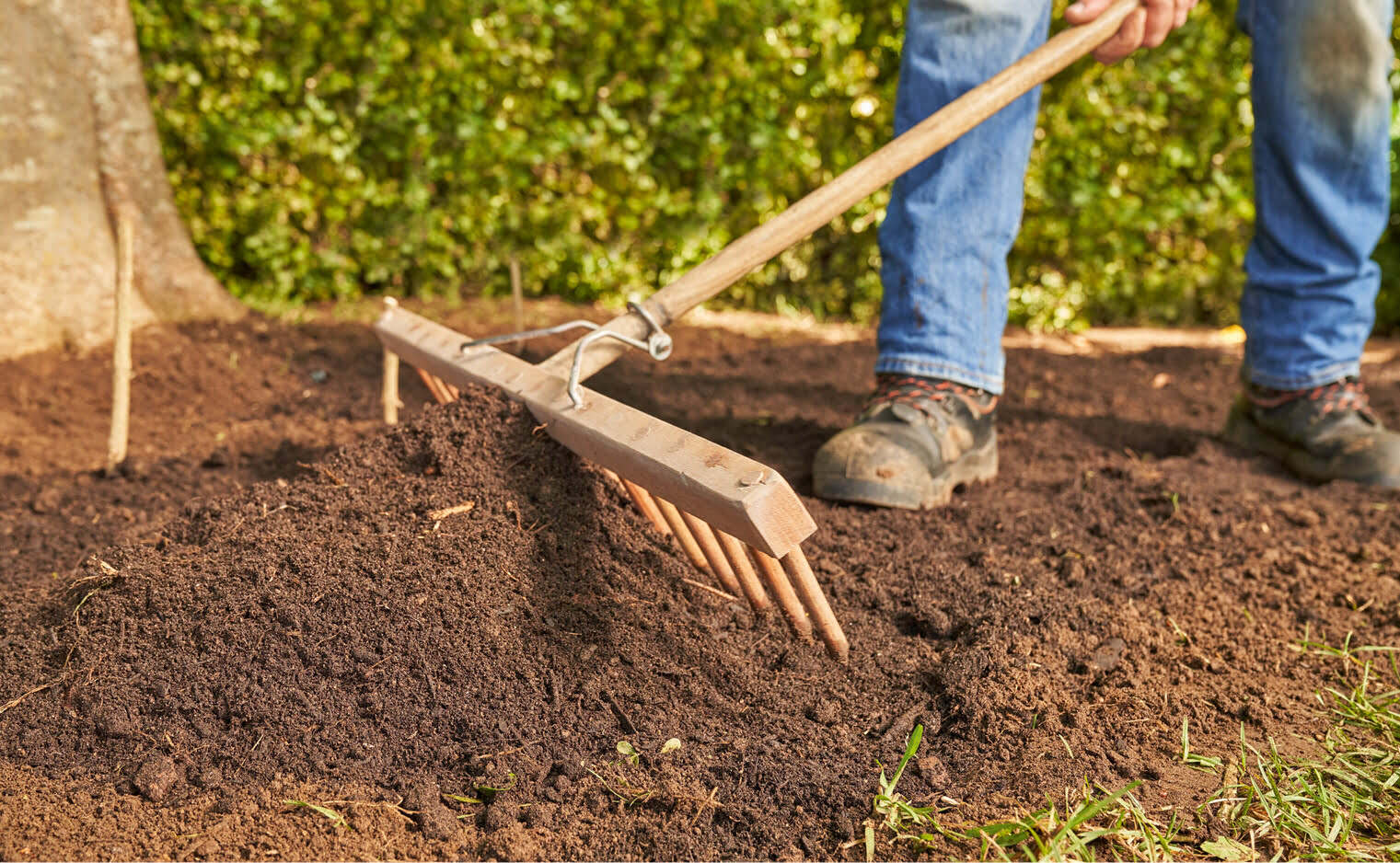
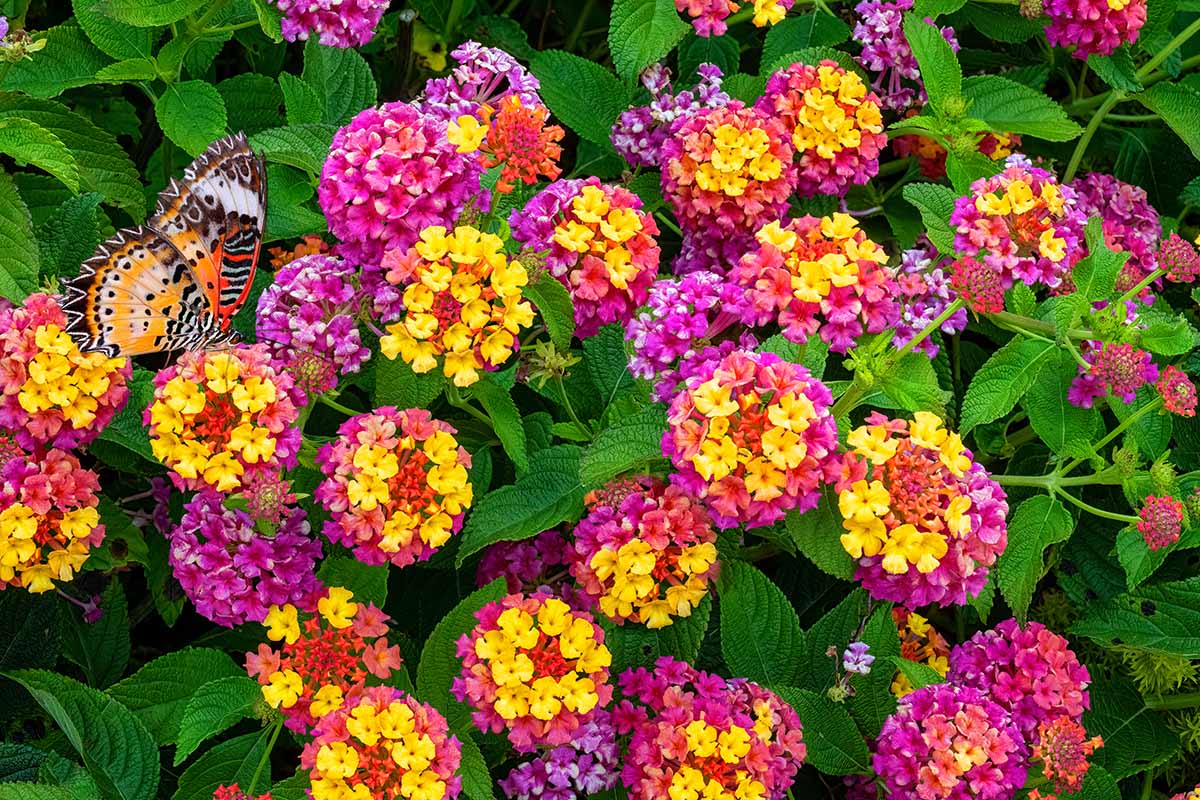
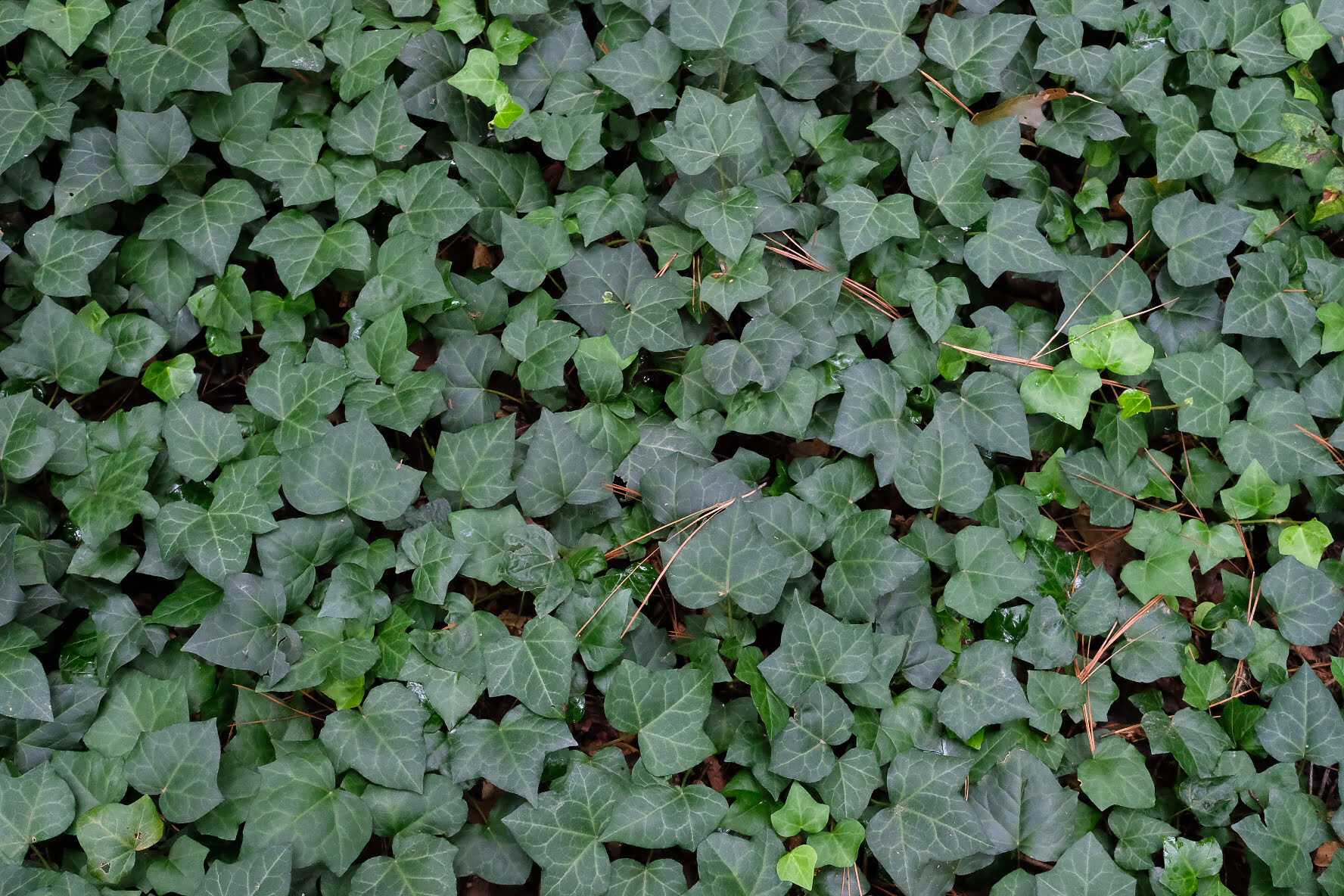
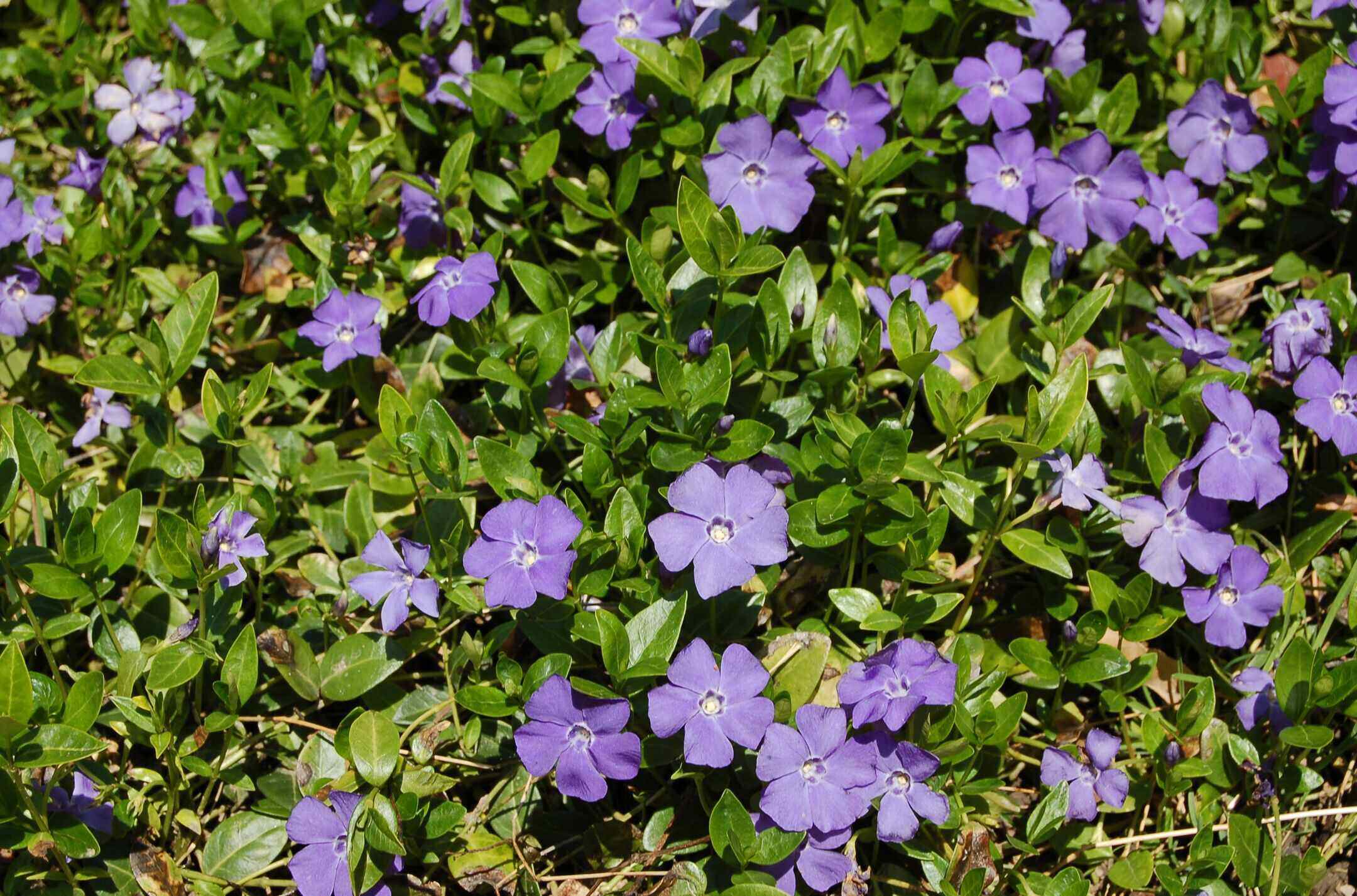

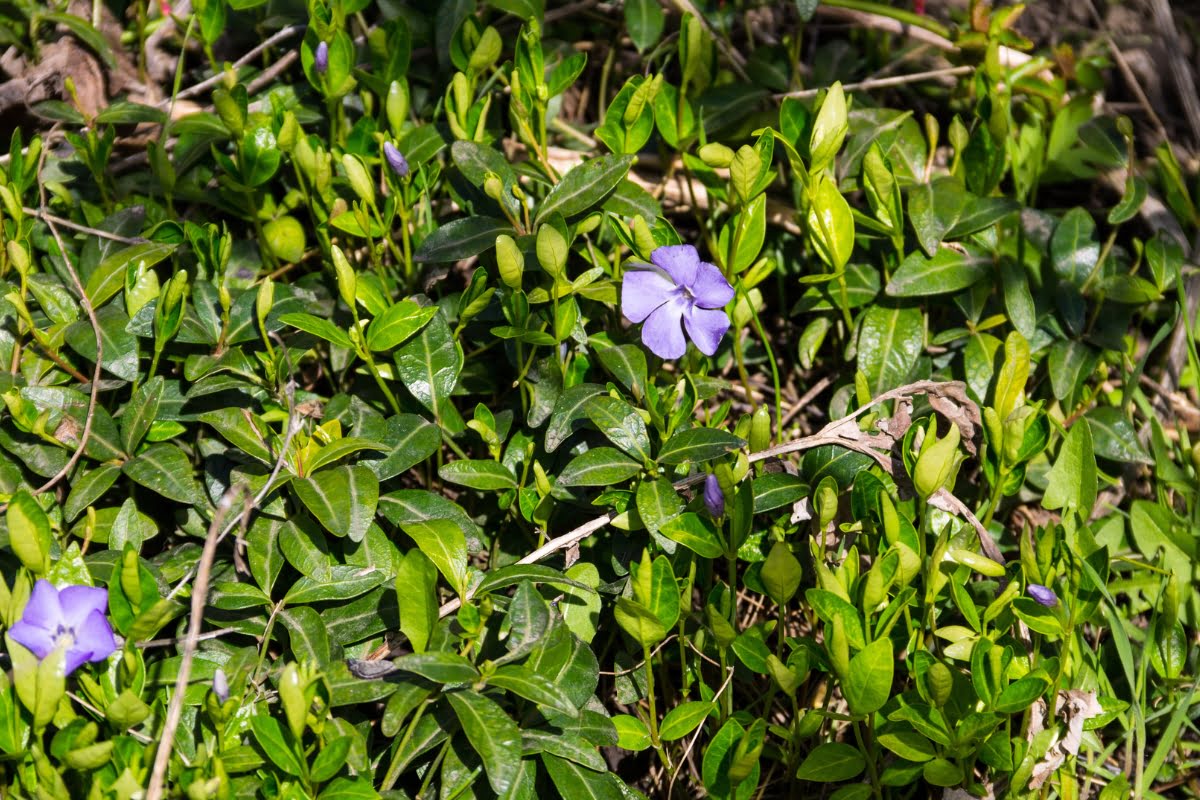


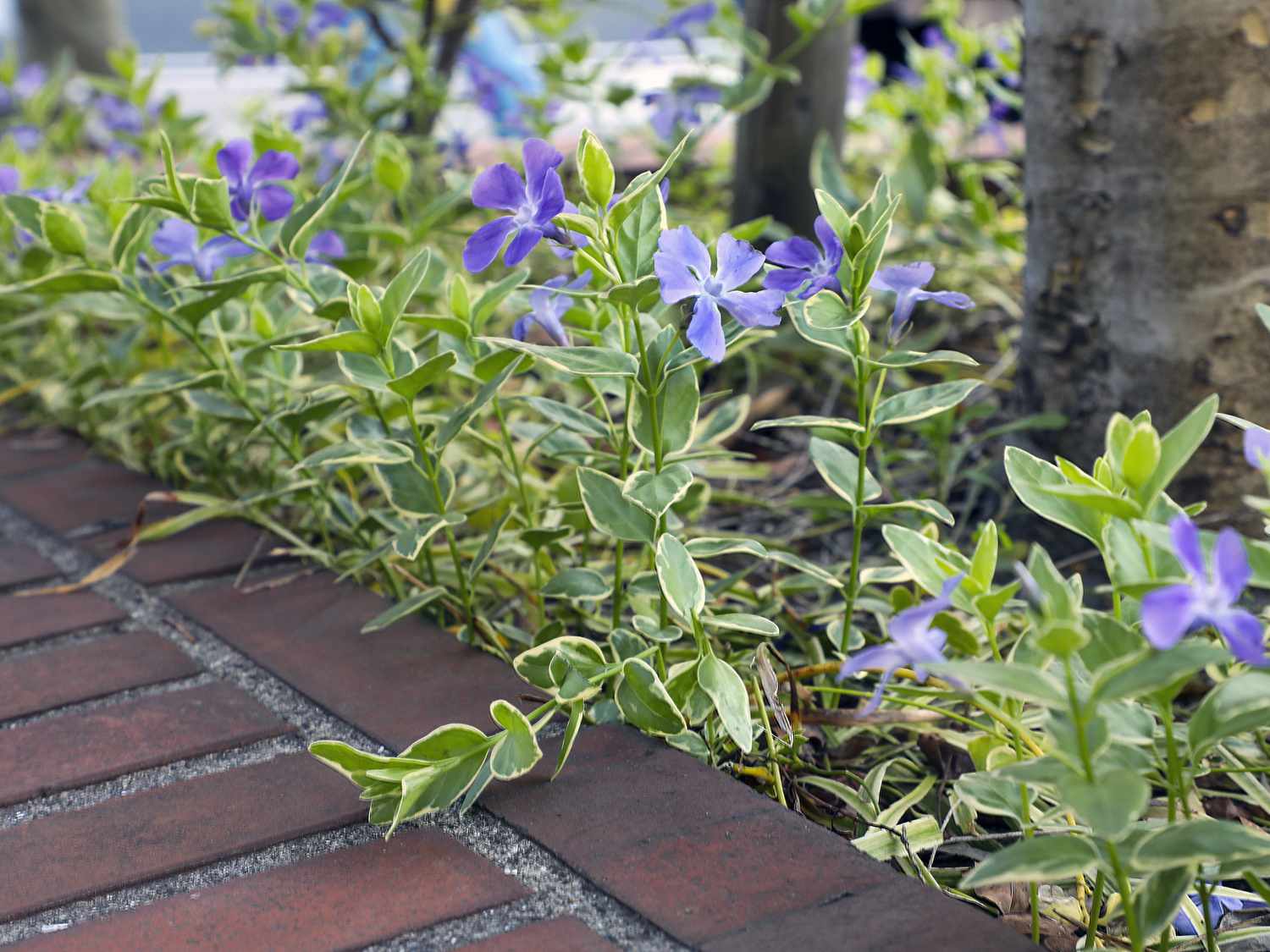

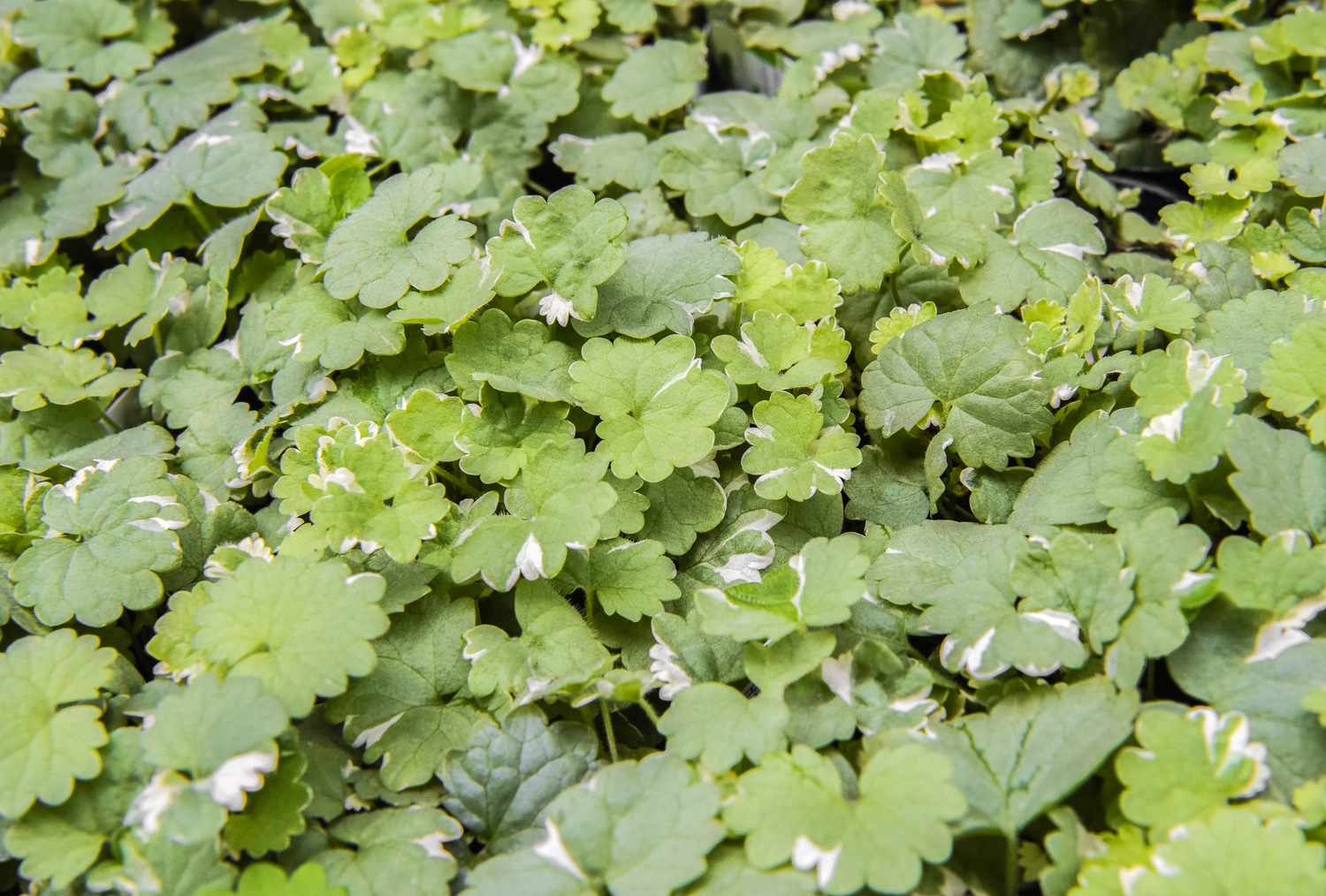

0 thoughts on “How Does The Ground Cover Change From The Boreal Forest To The Rocky Mountains”